According to calculations by Mr. Nguyen Van Toan, architect of Company 207 of the Ministry of National Defense , if an earthquake of about 6 on the Richter scale occurs, high-rise buildings in Vietnam can withstand it. However, if an earthquake reaches 7 on the Richter scale, many buildings will face danger, especially poor quality buildings, old buildings or buildings under construction, not yet completed.
" However, that is a theoretical figure, not a real one. Because Vietnam is located far from the geological fault zone caused by the earthquake chain, in reality, large earthquakes do not occur often, especially in urban areas with crowded high-rise buildings such as Hanoi, Ho Chi Minh City... ".
In addition, according to Mr. Toan, the risk of buildings withstanding an earthquake also depends on each geological area or the quality of the construction such as: whether the construction process ensures the correct quality, correct and sufficient materials as designed or not.
If a major earthquake occurs, how can high-rise buildings in Vietnam withstand it? (Illustration: Minh Duc)
To increase the resilience of high-rise buildings, Mr. Toan said that from the beginning, the Ministry of Construction must have higher quality requirements, similar to Japan's requirement for earthquake resistance of 7-7.5 on the Richter scale.
“ In Japan, there are scientific research topics on the earthquake resistance of high-rise buildings. And right in the basement of high-rise buildings, pillows are designed that can move according to the shaking of the earthquake. When an earthquake occurs, each of these pillows will act as shock absorbers, avoiding collisions, thereby reducing damage and limiting the collapse of the building ,” Mr. Toan explained.
Sharing the same view, architect Tran Ngoc Lan, Hanoi University of Civil Engineering, also said that each country will have different regulations on seismic resistance because the risk of earthquakes will be different. In Vietnam, in addition to general regulations, depending on the geological area, level of construction and type of construction, there will also be different regulations.
Speaking about the impact of the terrible earthquake that occurred in Myanmar on March 28 on Vietnam, architect Dang Huu Hai, Director of Viet House Design and Construction Company Limited, commented that although it did not have a strong impact on Vietnam, the seismic waves transmitted through the ground affected high-rise buildings. In Hanoi and Ho Chi Minh City - where many high-rise buildings are concentrated - people felt the shaking clearly for several minutes.
“Basically, high-rise buildings in Vietnam are designed to withstand external forces such as strong winds and earthquakes. However, when natural disasters occur at a severe level, buildings with many lightweight materials such as lots of glass or lacking shock absorption systems are often prone to cracking and peeling.
However, people do not need to worry too much because in terms of earthquake levels, Hanoi or Ho Chi Minh City are not places where large earthquakes occur frequently. In fact, the place where mild earthquakes often occur in Vietnam is the Central Highlands, where there are few high-rise buildings.
Furthermore, to ensure the safety of construction works and people, the State has issued the Construction Law. And according to Article 91 of the 2014 Construction Law, construction works must be designed and constructed to ensure their load-bearing capacity and sustainability in earthquakes. That is, we have technical standards for high-rise buildings,” said Mr. Hai.
However, Mr. Hai still recommends that the authorities and the government need to increase the level of inspection, especially important projects and high-rise buildings that need to be more carefully reviewed. Along with that, during the construction process, there should be regular inspections and the acceptance work must be more substantial so that after being put into operation, it will ensure more safety for users.
In addition, it is necessary to increase drills and response to natural disasters to improve people's ability to respond to earthquake scenarios from low to high.
" With completed high-rise buildings in Hanoi or Ho Chi Minh City, there is currently no solution to intervene in structural factors and there is no other repair or remedy plan than installing a warning system, monitoring vibrations, and assessing vibration levels to proactively respond, " Mr. Hai commented.
According to most construction experts, in the context of many high-rise buildings, large cities such as Hanoi and Ho Chi Minh City need to have detailed earthquake assessment maps to develop earthquake hazard assessment scenarios, serving the seismic resistance of construction works. In addition, it is also necessary to set up some monitoring equipment in high-rise buildings in inner-city districts to quantitatively assess the level of shaking caused by earthquakes.
“In Vietnam, earthquakes are more common in the Northwestern provinces such as Son La, Lai Chau, Dien Bien or the Central Highlands such as Kon Tum… but most of them are only small Richter earthquakes. Meanwhile, Hanoi and Ho Chi Minh City are basically located in the plains so the geology is quite stable.
However, natural disasters are unpredictable, so we absolutely cannot be subjective. We need to promptly apply careful and thorough monitoring and supervision measures to minimize damage if a major earthquake occurs," said Mr. Hai.
According to Article 91 of the 2014 Construction Law (amended and supplemented in 2020), construction works must be designed and constructed to ensure load-bearing capacity, stability and sustainability in earthquake conditions. In particular, for areas with high earthquake risk, works must meet earthquake-resistant design standards as prescribed by law. The National Technical Regulation on Construction Safety (QCVN 02:2022/BXD) also specifies technical requirements for the design and construction of earthquake-resistant structures. These standards include earthquake risk assessment, earthquake load calculation, and appropriate structural design to withstand the effects of earthquakes. |
Source: https://baolangson.vn/neu-xay-ra-dong-dat-lon-nha-cao-tang-o-viet-nam-chong-chiu-ra-sao-5042680.html


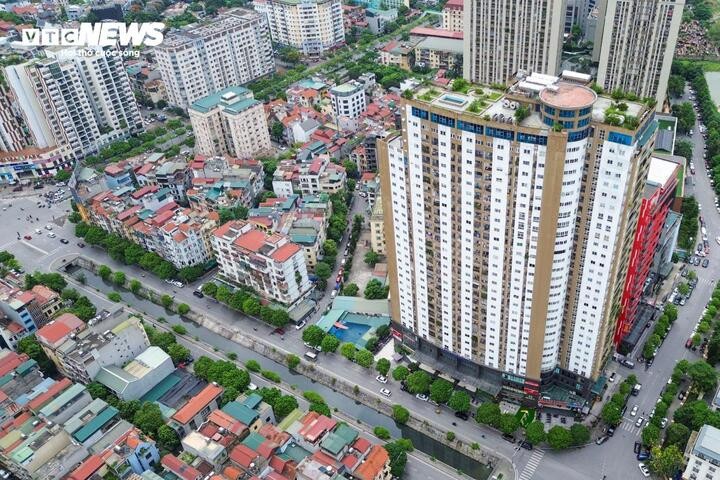



![[Photo] Prime Minister Pham Minh Chinh chairs conference on anti-smuggling, trade fraud, and counterfeit goods](https://vphoto.vietnam.vn/thumb/1200x675/vietnam/resource/IMAGE/2025/5/14/6cd67667e99e4248b7d4f587fd21e37c)


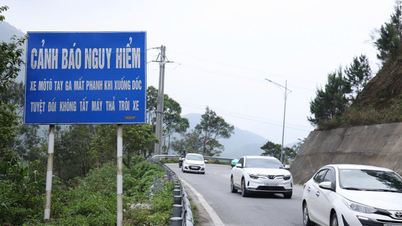


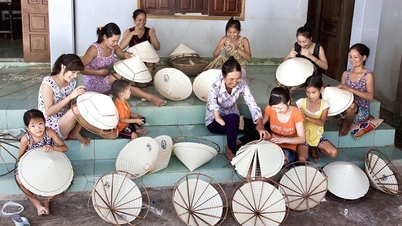










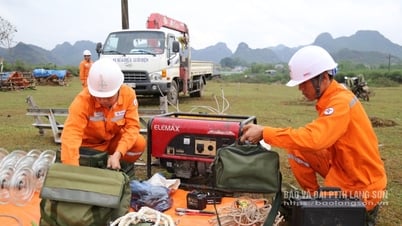
























































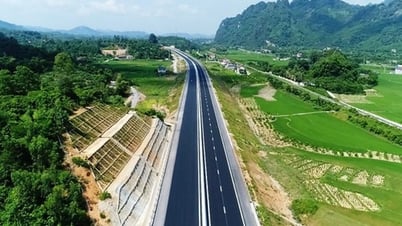













Comment (0)